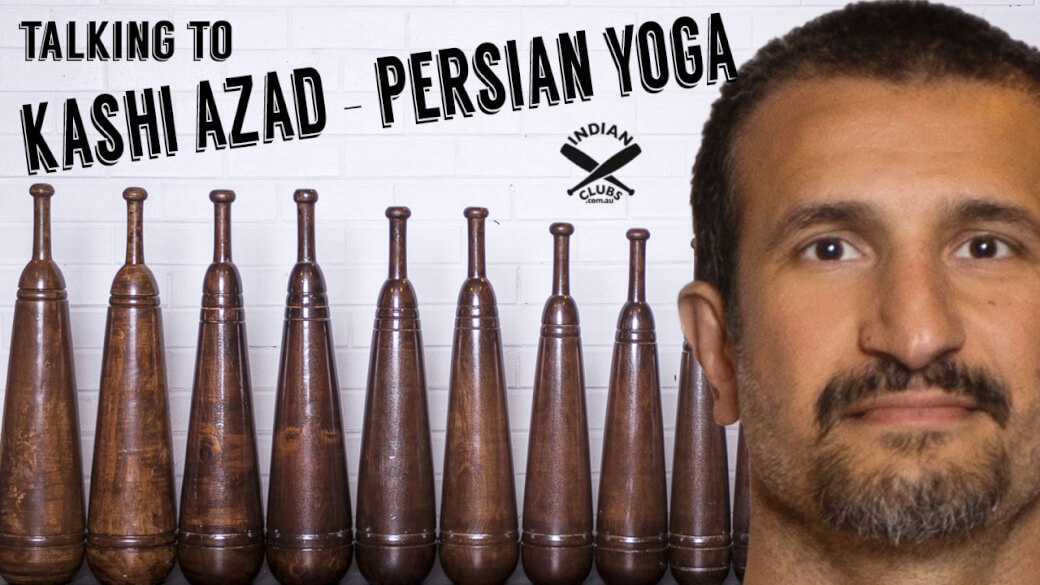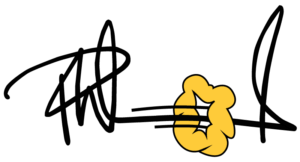Kashi Azad
Kashi Azad from Persian Yoga and I live on the opposite sides of Australia, and we met via YouTube, like so many of us have, to share common interests. I sincerely hope that one day our paths will cross and we will meet face to face. In the meantime here’s talking to Kashi Azad, as he shares his thoughts and plans for the future.
When did you start swinging Persian Meels?
Kashi Azad:- It all started about 10 years ago, I was 25 at the time.
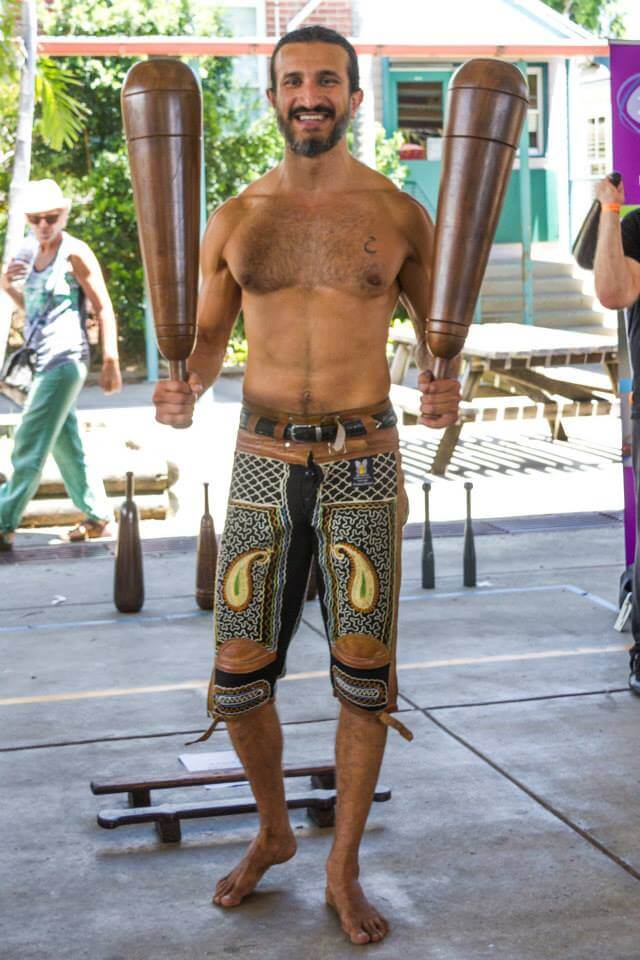
Can you explain why you enjoy Persian Meels exercise?
Kashi Azad:- I don’t do Meels in isolation. I practice Pahlavani, and Meel is one of the 7 arts of Pahlavani.
Pahlavani makes me feel good, invigorated and strong; and is more than just physical exercise to me. More importantly, now that I am a full-time exercise professional, I can not afford to have injuries…who can? And Pahlavani keeps me pain and injury-free, yet as strong and nimble as ancient warriors (if it was good enough for them it is more than enough for me).
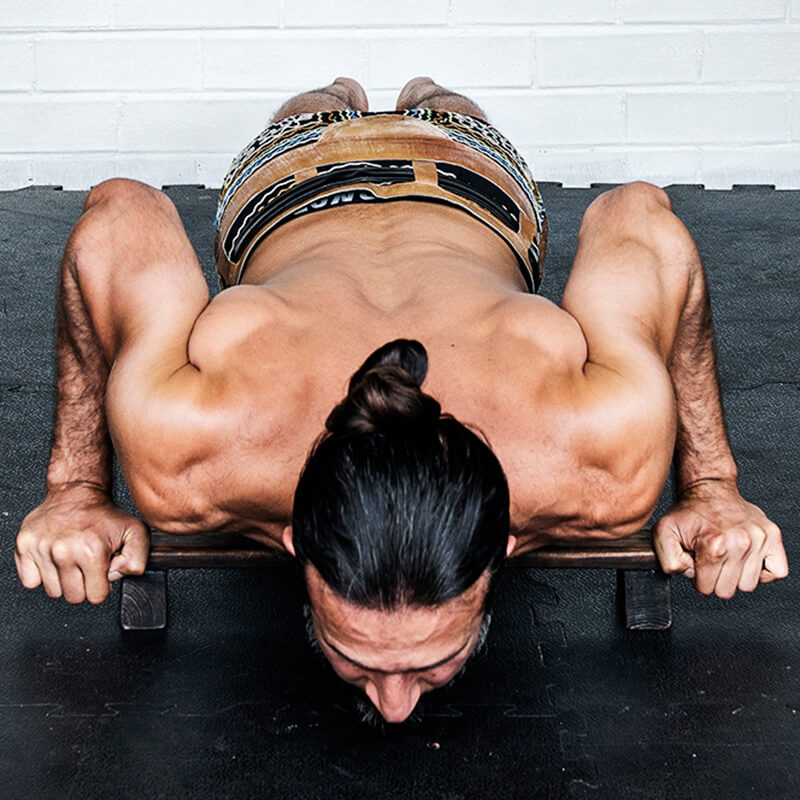
What sparked your interest in the Zurkhaneh?
Kashi Azad:- My family members practice it, but I lost the connection to the Zurkhaneh when my family relocated to Sweden to escape the war and the revolution in Iran. I rediscovered it when I moved to Australia and saw some old photos which intrigued me to reconnect with this wonderful tradition.
I travelled back to my native country and got invited to a Zurkhaneh and had the honour to step inside the sacred Gowd (Octagonal pit of the Zurkhaneh) to practice the art with a group of much older gentlemen. I was 25 at the time and came from a martial arts background, having competed at the international level, and was perfectly indoctrinated in the ‘Western’ approach to strength & movement.
I was secretly thinking that if these ‘old guys’ can do it then it would be easy for me, I’ve never been so wrong! Movements that appeared to be very simple had me lost to what was up or down, and the ‘older guys’ blew me away by doing about over 250 push-ups straight in a time that felt like an eternity.
I was humbled and knew right there, through experience, that there’s more to Persian Yoga than meets the eye. That moment I decided to dedicate my life to learning and spreading this beautiful art of strength.
I believe in and have experienced the benefits of this art, I have seen much older men perform great feats of strength in the Zurkhaneh, and I want to have the strength and movement of these old veterans as I mature and grow older.
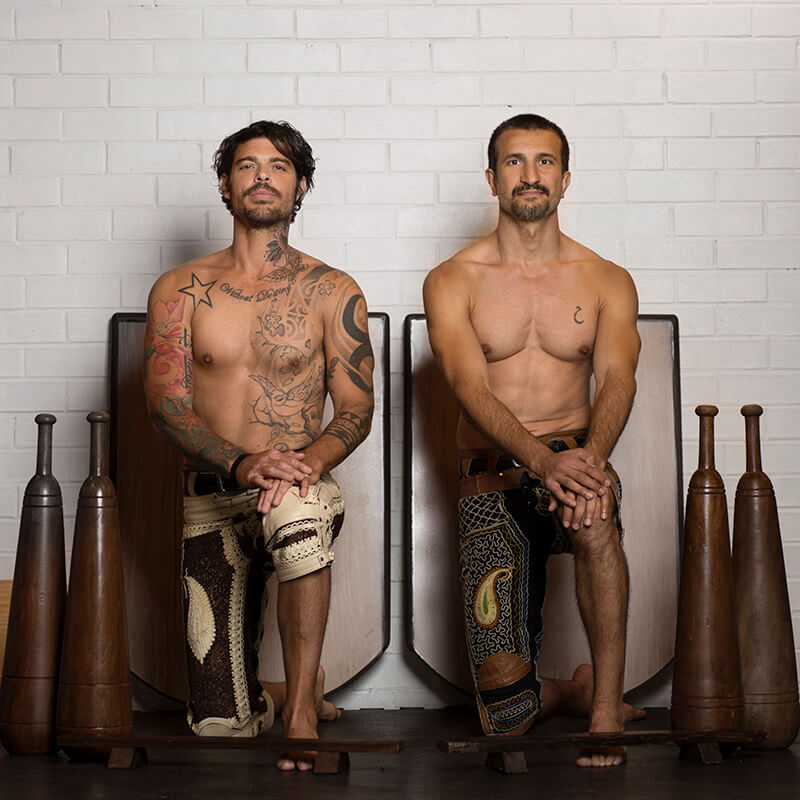
Eduardo Munoz Baixa (Spain) and Kashi Azad
What is the difference between
Zurkhaneh, Varzesh Bastani and Pahlavani?
Kashi Azad:- Zurkhaneh, meaning House of Power/Strength, is the name of the physical, custom-built, structure where Persian Pahlavani practice ceremonies are held.
We refer to the arts practised in the Zurkhaneh as Pahlavani. Pahlavan, the root word, is sort of a title that signifies someone who is a hero, a champion and a knight… sort of like the ideal warrior… and Pahlavani simply means ‘the way of the Pahlavan’.
In Iran, Pahlavani is also known and commonly referred to, as Varzesh Bastani (meaning sport of the ancients) by the uninitiated. More on this in a later blog post, but essentially the arts are referred to by its practitioners as Pahlavani.
I started comparing Pahlavani with Hatha Yoga, another beautiful art form that I practice and observed a plethora of similarities between the two. Both arts, although expressed differently and with different intent, aim to achieve the same, i.e. the expression of the physical, mental and spiritual qualities, characteristics and skills, that are inherently integrated into human nature, experienced as a unified whole, not only in isolation in the individual but experienced through a social context.
And to facilitate the cognizance and sharing of this beautiful art with non-Iranians in Western culture I simply started promoting Pahlavani as Persian Yoga™.

The push-up board is called Shena or Sheno
What are the characteristics of your favourite Persian Meel?
Kashi Azad:- A real and authentic pair of Persian Meel feel and swing unlike any other club, you would know!
I’m totally biased against other clubs and firmly believe that if there were any better clubs than Meel, then my ancestors would have been using that in the Zurkhaneh instead of the Meel… but they’re not. So I’m sticking with what has passed the test of time and has the seal and spirit of countless warriors and traditional experiential wisdom.
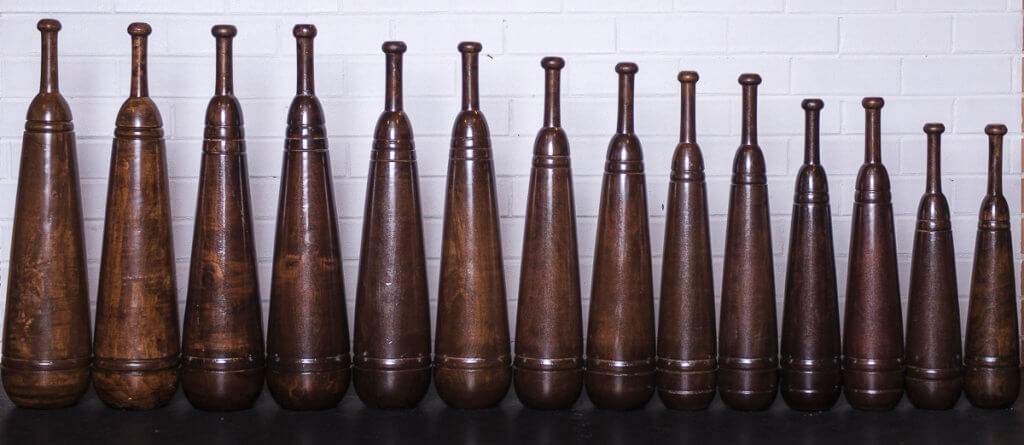
Why did you decide to become a Persian Meel teacher?
Kashi Azad:- I teach Pahlavani, the whole is much greater than the sum of the parts, and I do so because I’m convinced that Pahlavani is the simplest, most beneficial, approachable and complete method for cultivating strength and movement for anyone.
I have a deep love and passion for sharing Pahlavani and helping other people live stronger and healthier lives. Pahlavani has benefited my health and life tremendously, so I have an urge to give back.
There’s also the fact that, to my surprise, there’s very little coherently catalogued information about Pahlavani. To my knowledge, the information is practically non-existent in English and the material in the Persian language deals mainly with the history, esoteric teachings, philosophy, rituals and customs of Pahlavani and Zurkhaneh rather than a systematic compilation of the physical practice and its techniques.
How do you keep your Pahlavani knowledge up to date?
Kashi Azad:- I have been practising Pahlavani for close to a decade now and I’m only a beginner. As I mentioned there are 7 arts in the Zurkhaneh, out of which the Meel (clubs), Shena (pushup board) and Sang (shields) are just 3 out of the 7.
I am lucky to have had the privilege and the honour to learn from the best Morsheds (Gurus) in Iran. Morshed Panahi, Morshed Mehregan and the illustrious Morshed Hojjatti who is Morshed of Iran’s oldest Zurkhaneh (over 500 years old), out of which numerous notable, and sometimes notorious, Pahlavans have emerged.
These gentlemen, there are many more, are each an endless fountain of knowledge and wisdom that have been passed down from generation to generation, or as we say in Persian chest to chest, from master to apprentice.
Another aspect that makes the learning and exploring this art so intriguing for me is the fact that each regional Zurkhaneh, or school, have their own nuances, practices and variations to the art which I look forward to discovering in further detail.
And I have come to learn that no book, or video, can convey the real sense of anything as efficiently and completely as a good teacher, or indeed a master can.
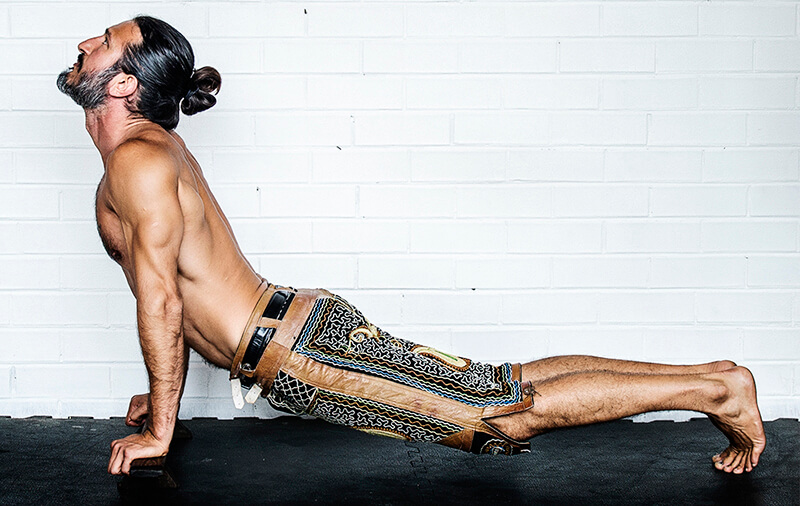
Out of all the old books written about Persian Meel and Pahlavani which one is your favourite and why?
Kashi Azad:- As I mentioned before I haven’t found ‘one’ good book on Persian Meel and the arts that include it, i.e. Pahlavani or Persian Yoga as I’ve called it.
If I had to pick just one book it would be the Shahnameh (Book of Kings) by Ferdowsi. The Book of Kings is the world’s longest epic poetry written by a single poet and recounts many tales and stories of the heroic deeds of the ancient Pahlavans and is an excellent source of insight into the code and the conduct of this ancient brotherhood as well as a context to their practices, rituals and arts; which I hope to share with many more people.
Kashi Azad is based in Sydney, Australia.
